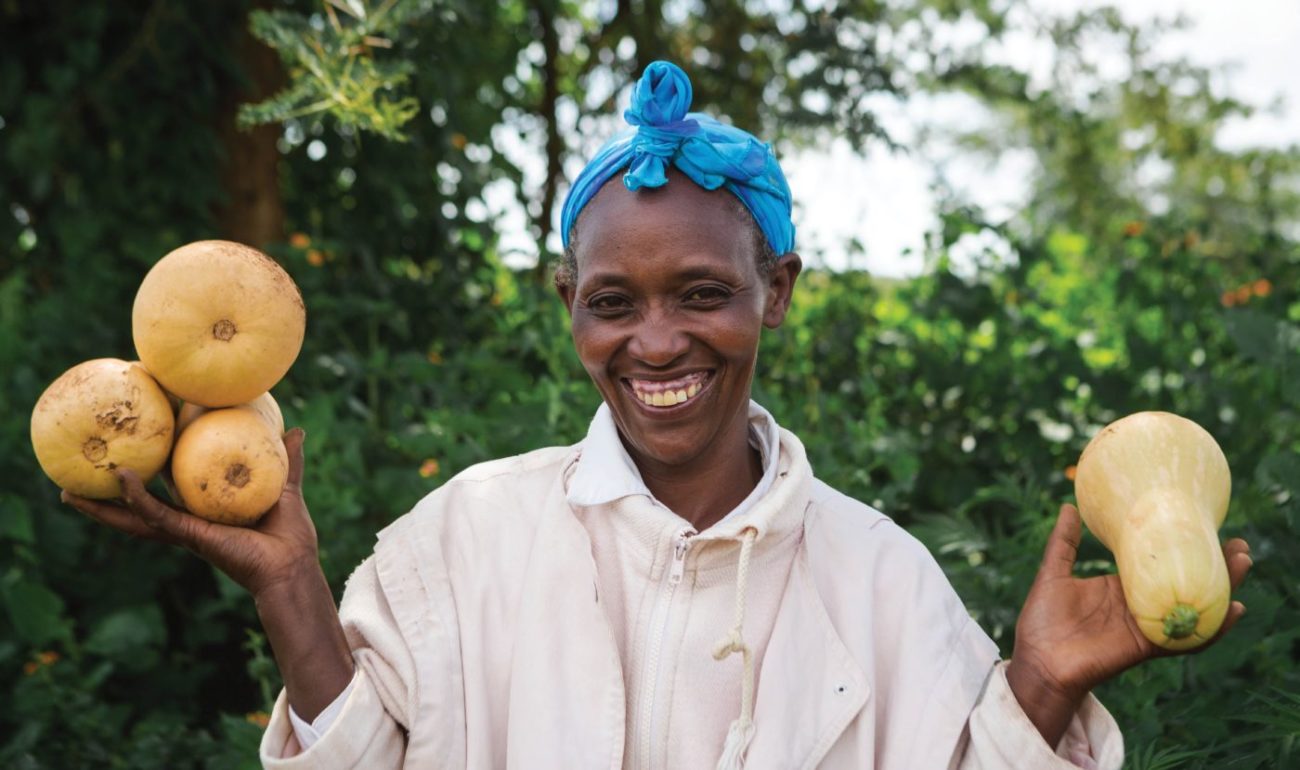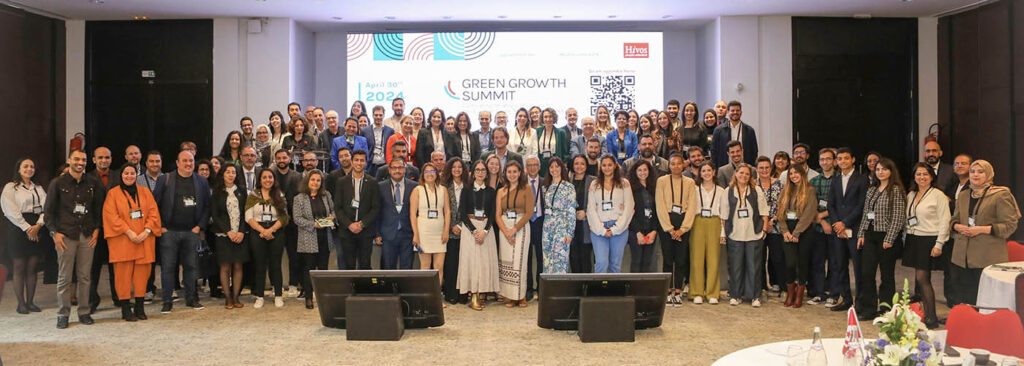To coincide with World Food Day on 16 October, the Sustainable Diets for All program in Kenya curated a photo exhibition exploring the Kenyan diet. Capturing the views of 15 men and women living in the sub-counties of Gilgil, Njoro and Bahati in Nakuru County, Kenya, the exhibition highlighted the challenges they face in producing and consuming healthy, sustainable food.
Across Nakuru County, farmers, vendors, restaurant and hotel owners, and consumers are well aware of the importance of healthy diets. They celebrate and enjoy eating traditional vegetables. But far too many experience difficulties in accessing affordable, diverse foods due to barriers in the food system. The following photos and accompanying testimonies share a selection of these stories of local food knowledge and wisdom.
Joyce Wanjugu, Farmer, Age 31, Kiambogo, Gilgil Sub-county
“Farming helps meet my daily needs, including providing food and paying school fees. I started farming when l was 21 years old and mainly produce maize, beans, potatoes and spinach. I typically only farm what I can sell, and that’s why I do not always plant a diverse range of crops, as there is no market for them. I would like to farm beetroot though, because there is a market for them now”.

“I grow traditional foods, including sorghum, millet, green peas, potatoes and maize. While I farm mainly for food, I also sell the surplus in the market. Sometimes l farm less because there is no market. I would like to plant beetroot but l don’t have money for seed. If we had more water, we would be able to produce more. It would be good if the government can regulate food prices”.

“I buy my food in Nakuru town, from nearby shops and the local food vendors. I would like to eat sweet potatoes and arrowroots but they’re not readily available here. Farmers in the Nakuru area don’t grow them and when you find them, they’re expensive. So, I am forced to settle for ugali. It would be good if I could eat ugali with beans. Beans are nutritious and farmers should grow more of them”.

“The food l grow – maize, kale, spinach and traditional vegetables – is consumed locally, so there is a readily available market. On a field trip I saw a variety of kale called “Malkia” that is drought resistant and very high in beta carotene, vitamin K, vitamin C, and fiber, and reasonably rich in iron and calcium. I have the seeds and I’m going to plant it. If there was market, l would like to do agribusiness with other counties. We need a crop exchange market with other counties”.

“On my farm I have beans, maize and onions. As far as vegetables are concerned, I only buy tomatoes. Although I eat a lot of ugali, I want to stop as it makes my stomach feel heavy. I eat meat once a week and vegetables every day. I want farmers to stop putting so much chemicals on their crops. I went to a funeral where a farmer who plants tomatoes said they don’t eat them because they have too many chemicals. If the tomato farmer isn’t eating his own produce why should I?”

“We shop in the nearby farmers market, buy our meat from Delamere farm and in Nakuru town, and get chickens from the local farmers. We grow vegetables on our hotel farm, mostly what are guests will eat, which includes spinach, sukumawiki, onions, leeks and carrots. Though we have not yet planted fruit, we intend to plant avocados and passion fruit trees”.
All photos for the exhibition were taken by award-winning Kenyan photojournalist and activist, Boniface Mwangi.
Header photo: Lucy Waithera, Farmer, Age 44, Mauche, Njoro Sub-county





